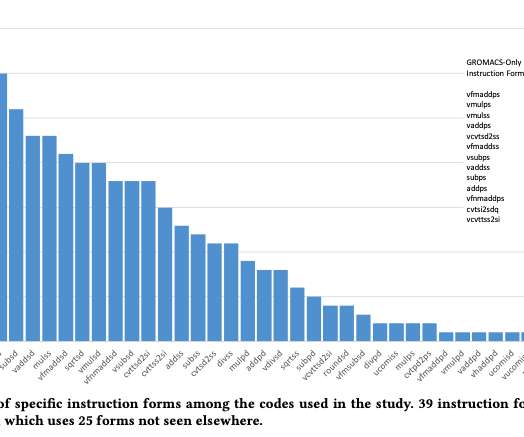An open-source benchmark suite for microservices and their hardware-software implications for cloud & edge systems
The Morning Paper
MAY 12, 2019
An open-source benchmark suite for microservices and their hardware-software implications for cloud & edge systems Gan et al., Systems built with lots of microservices have different operational characteristics to those built from a small number of monoliths, we’d like to study and better understand those differences.











































Let's personalize your content